Just like the happy ending of a fairy tale: the Franzini sisters win an ADHO Bursary Award of 2016 for research on the Grimm brothers!
The Digital Breadcrumbs of Brothers Grimm project, which began in October 2015, is collecting and automatically detecting folktale motifs as text reuse units or minimal primitives. In fact, with this project Emily, Greta and their colleagues (constituting the early career research group eTRAP) are addressing two specific challenges of their field: text reuse detection at scale and cross-lingual text reuse detection. While they’ve already experimented and have shown good results for the former (download the DH 2016 slides and poster from their website here, the latter challenge is still ongoing as they’re in the process of manually collecting the necessary data in order to train TRACER, a text reuse detection engine comprising 700 different algorithms, and other software, to detect motifs across multiple languages. For this challenge, they’ve selected three Grimm fairy tales to work with: Snow White, Puss in Boots and The Fisherman and his Wife. To push their research forward, the sisters and their team find and read as many versions of these tales as they can (original versions, not translations, both predating and following the Grimm collection), collect motifs therein and add them to a matrix that maps languages against one another. In the second stage of the project this multilingual dataset will be used by the software tools to automatically find other matches at web scale. Furthermore, the dataset will be integrated with existing ontological resources and will lead to an exploration of folktale motifs as Linked Open Data. With the Digital Breadcrumbs of Brothers Grimm project, Emily, Greta and their team are not only able to advance research in automatic text reuse detection, but can also support folklorists and literary scholars in tackling the large amount of folkloristic materials now available online.
For their ideas and work the Franzini sisters have been awarded the ADHO Bursary Award of 2016. The award is given to promising young scholars of the Digital Humanities who make a new valuable contribution to the field. The ceremony took place during this year’s Digital Humanities Conference in Kraków. Greta has been exploring this area of study since 2009 when she began a Master’s in Digital Humanities at King’s College London (KCL). She is now at the end of a PhD in Digital Humanities at University College London (UCLDH), while working as a Research Associate in the Institute of Computer Science at Göttingen University. Emily was introduced later to the field, when she was hired as a Researcher at the Humboldt Chair of Digital Humanities in Leipzig in 2013 and later began working as a Research Associate at the Institute of Computer Science in Göttingen.
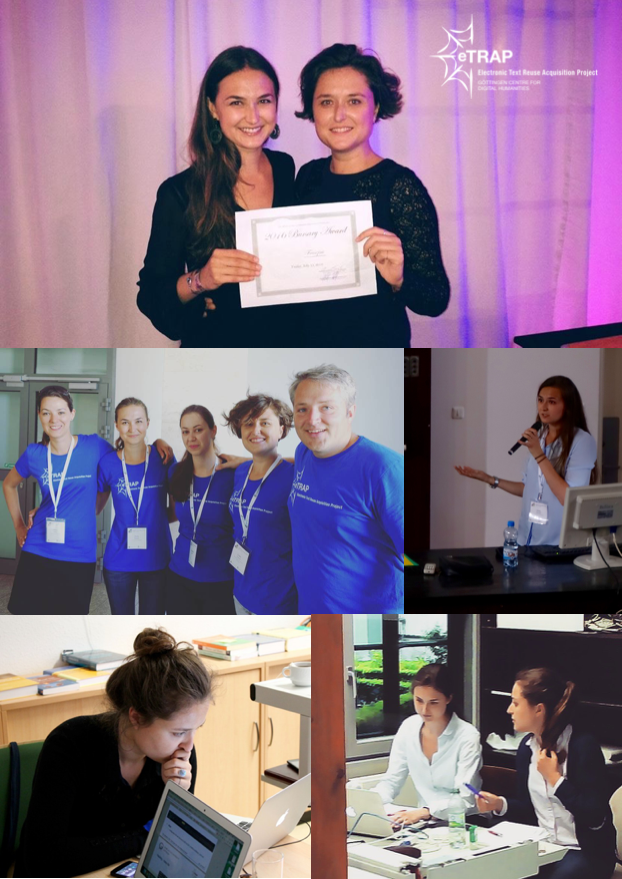
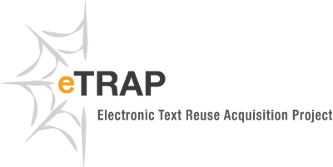
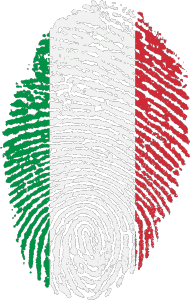 We’re very pleased to announce that eTRAP will be giving a text reuse tutorial at the
We’re very pleased to announce that eTRAP will be giving a text reuse tutorial at the 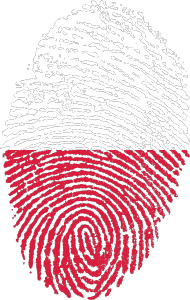 eTRAP will be attending the annual
eTRAP will be attending the annual 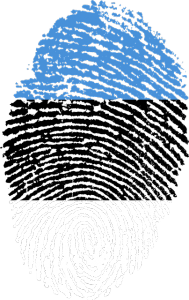
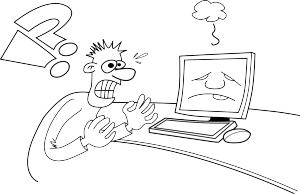
 humanities background who wish to improve their computer skills by working with their own data-set. Rather than teaching everything there is to know about algorithms, the Hackathon will assist participants with their specific data-related problem, so that they can take away the knowledge needed to tackle the issue(s) at hand. The focus of this Hackathon is automatic text re-use detection and aims at engaging participants in intensive collaboration. Participants will be introduced to technologies representing the state of the art in the field and shown the potential of text re-use detection. Participants will also be able to equip themselves with the necessary knowledge to make sense of the output generated by algorithms detecting text re-use, and will gain an understanding of which algorithms best fit certain types of textual data. Finally, participants will be introduced to some text re-use visualisations.
humanities background who wish to improve their computer skills by working with their own data-set. Rather than teaching everything there is to know about algorithms, the Hackathon will assist participants with their specific data-related problem, so that they can take away the knowledge needed to tackle the issue(s) at hand. The focus of this Hackathon is automatic text re-use detection and aims at engaging participants in intensive collaboration. Participants will be introduced to technologies representing the state of the art in the field and shown the potential of text re-use detection. Participants will also be able to equip themselves with the necessary knowledge to make sense of the output generated by algorithms detecting text re-use, and will gain an understanding of which algorithms best fit certain types of textual data. Finally, participants will be introduced to some text re-use visualisations.